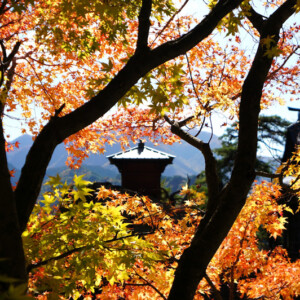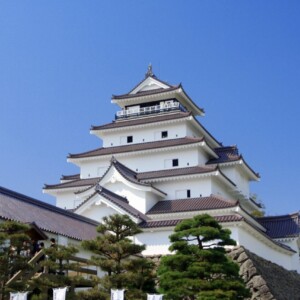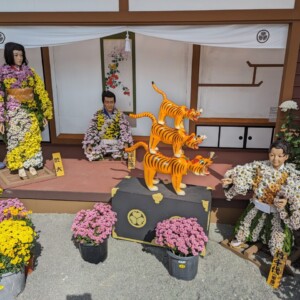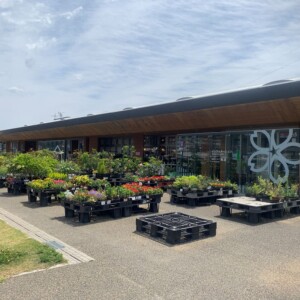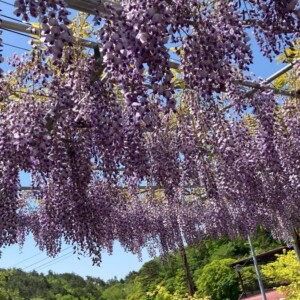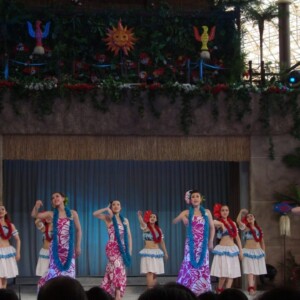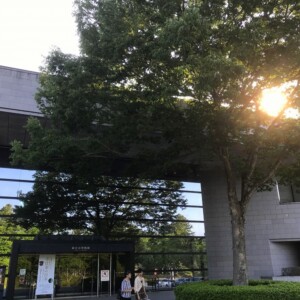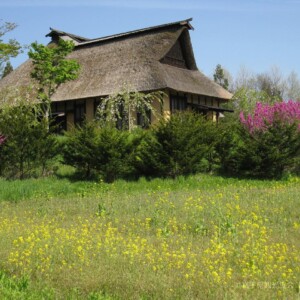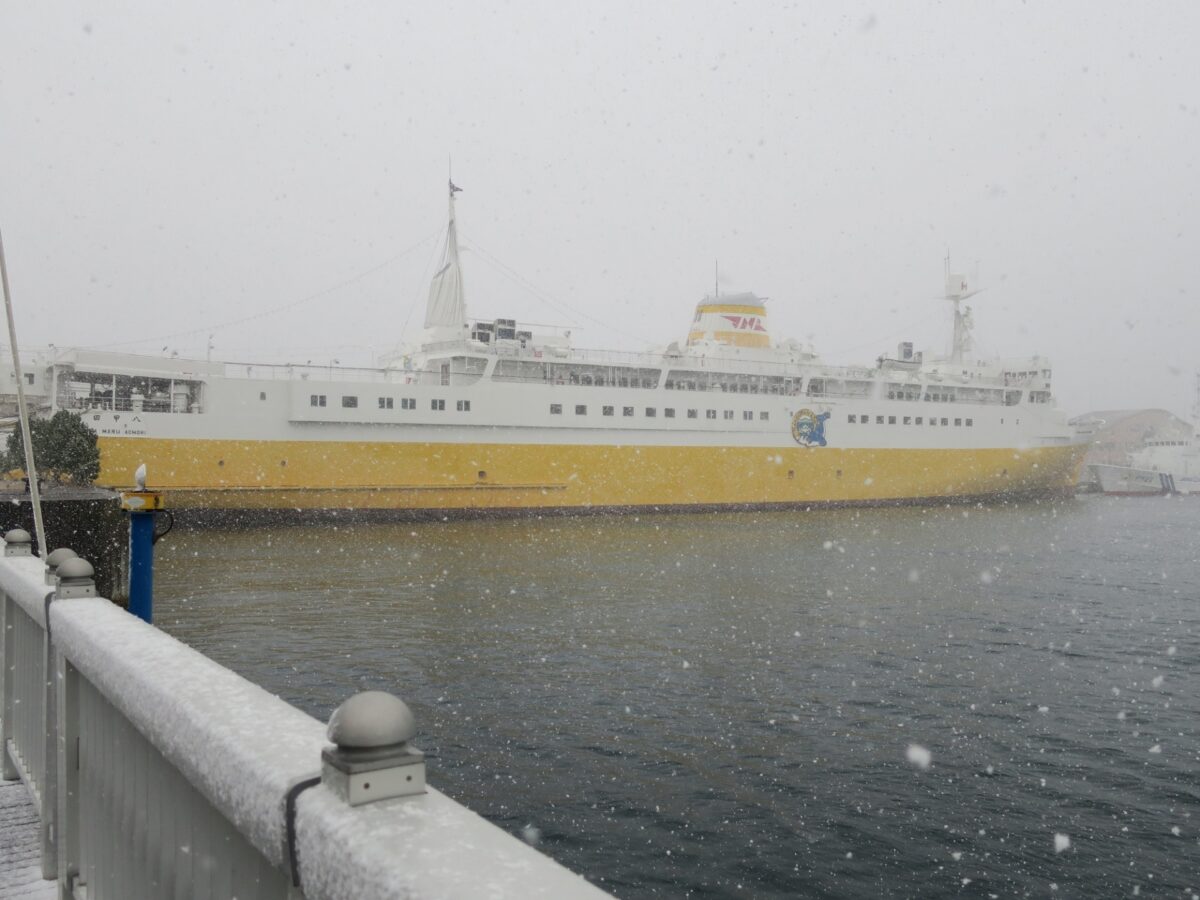
What is Seikan Ferry? Eight decades of supporting the human flow and logistics between Honshu and Hokkaido [Aomori Prefecture]
table of contents
Currently, aircraft and Hokkaido Shinkansen trains that pass through the Seikan Tunnel are available to travel between Aomori Prefecture and Hokkaido.
However, in the days when there were no Seikan Tunnel or aircraft, the only way to use the ship was to use the ship.
This time we will introduce Seikan Ferry is one of the most distinctive ships
What is Seikan Ferry?
The Seikan Ferry is a railway ferry operated on the
Seikan Route , which connects Aomori Station in Aomori City, Aomori Prefecture and Hakodate Station in Hakodate City, Hokkaido The route length is 61 nautical miles (112.972km).
The Seikan Ferry ended its service in 1988 after the Seikan Tunnel, a railway undersea tunnel connecting Aomori Prefecture and Hokkaido.
Ferries still operate between Aomori Port and Hakodate Port, but there are two main differences between them and ferries.
- It was a vessel operated by "railroad operators" such as the JNR and JR Hokkaido, and was considered part of a railway line.
- The fact that rail cars were loaded onto the ship
The Seikan Tunnel is a dedicated tunnel for railways, and cars cannot pass through it .
Therefore, in order to travel between Honshu and Hokkaido by car, it is still necessary to carry the car onto the ferry to travel.
Started operation as a state-run route
The route connecting Hokkaido and Aomori Prefecture has existed since the Edo period.
On March 7, 1908 Hirafumaru , the Imperial Railway Agency (the national agency that operated the railway equivalent to the current JR line).
This is the beginning of the Seikan Ferry.
The journey took about 4-5 hours.
Abe Hirafu , who appears in the Nihon Shoki, compiled in 720 AD .
He sent an army to Hokkaido on the orders of Emperor Saimei, and is said to be the first time that Japanese history has recorded his journey to Hokkaido.
The Seikan Ferry was one of
the railway ferries A railway ferry is a vessel that operates in areas where it is difficult to lay railways due to the presence of seas, lakes and rivers.
The only railway ferry currently operated by JR is the one that crosses Miyajima in Hiroshima Prefecture, but in the past, in addition to the Seikan Ferry, there were also ferries that could be transferred from national railway lines, such as between Honshu and Shikoku, the Kanmon Strait between Honshu and Kyushu, Lake Biwa, Hokkaido and Sakhalin, and Shimonoseki and Busan (Busan).
Just as the Seikan Ferry was launched by the Imperial Railway Agency, railway ferries were mainly operated by railway operators.
was the fare calculated as if it was part of the railway line (I was also able to board the Seishun 18 Ticket, which allows you to board the JNR local trains), but the station platform and the pier for boarding the boat were directly connected, so I was able to transfer to the boat from the train that arrived at the station without leaving the ticket gate. It was a boat that could be boarded as if on a train
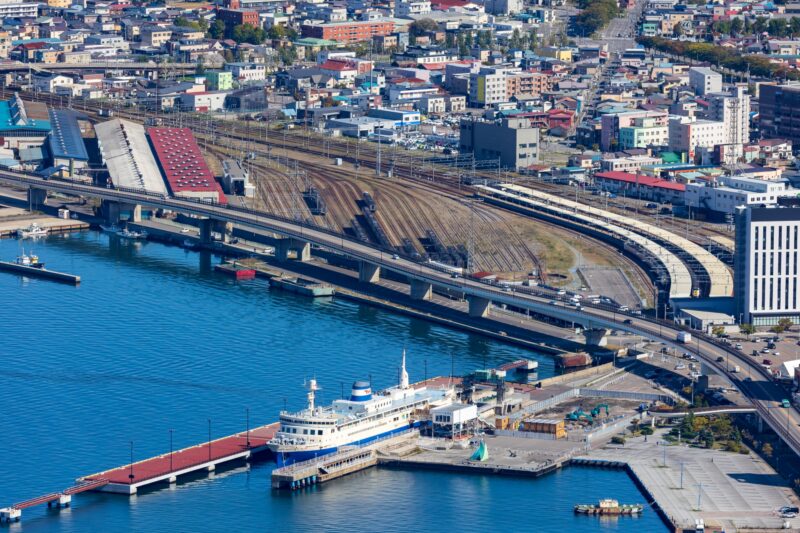
Vehicle transport begins
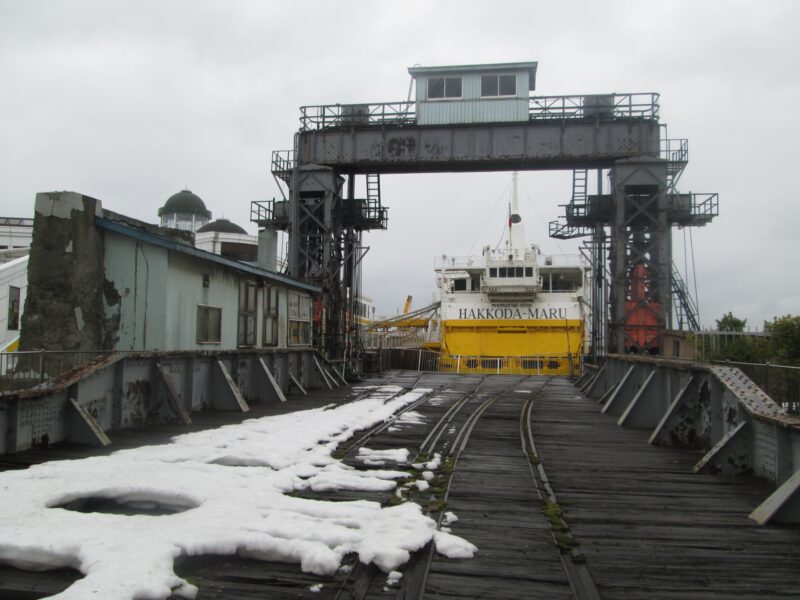
As Hokkaido's development projects began in earnest, there was a demand for increased transport capacity of the Seikan Ferry.
So, in 1924, Shohomaru a vehicular transport ship that can load railway cars such as freight trains directly onto a ship, was introduced.
Actual vehicle transport began the following year in August 1925.
By allowing freight cars brought by freight trains to be loaded directly onto ships, loading times have been significantly reduced , and Hokkaido's seafood is now transported to Honshu while still fresh.
(It is said that in the days when cargo was transshipment by hand, cargo was even dropped into the sea.)
War disaster
During the war, the Seikan Ferry mainly served to transport coal from Hokkaido to Honshu.
On July 14th, 1945, at the end of the war, 11 of the 12 Seikan Ferry were raided
by US Navy aircraft 352 people were killed on this day alone.
The next day, one remaining ship was sunk, leaving four passenger ships and six cargo ships lost.
The air raid took place in August, and the Seikan Ferry was almost completely wiped out.
A memorial is set up near the Hakkodamaru, a Seikan Ferry that is still preserved at Aomori Port, conveying the war damage.
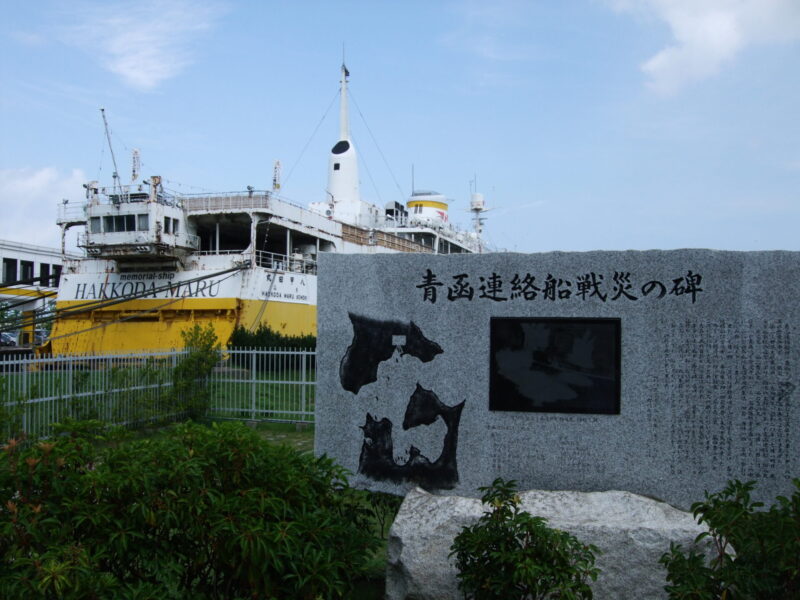
Five ships sank in the Toya Maru typhoon
In 1954 after the war, the strong winds and waves of Typhoon No. 15 that reached Hokkaido on September 26th caused the sinking
of five Seikan Ferry One of the five ships Toyamaru , and 1,151 people were killed by the sinking of this ship alone, and Typhoon No. 15 was later named "Toyamaru Typhoon."
This maritime accident, which killed 1,430 people along with the Toyamaru and four other cargo ships, is considered one of the five major accidents of the JNR after the war.
The accident led to the plan for the Seikan Tunnel to be realized.
Transport volume begins to decrease

which had been connecting the flow of people and goods between Honshu and Hokkaido before and after the war, came in 1971 and passengers came in 1973 .
The reason the volume of transport has since decreased is probably due to the fact that the main driver of passenger transport has shifted to aircraft and cargo transport has been loaded into trucks on ferries.
The number of people who went out of their way to Aomori Station by train and boarded the Seikan Ferry to Hokkaido, where they did something like the lyrics to Ishikawa Sayuri's hit song, "Tsugaru Strait, Winter Scenery," was decreasing.

This article provides detailed information about the "night train from Ueno (to Aomori)" that appears at the beginning of the song.
The decline in transport volume did not stop, and the construction of the Seikan Tunnel was already underway, so the future of the Seikan Ferry was clearly visible.
However, in order to improve the image of the Seikan Ferry, the National Railways tried to boost their leverage by setting up cafes and entertainment rooms in 1978 and setting up luxurious seats. It is also said that this was the most luxurious ride in the JNR
Give up the role to Seikan Tunnel
At the time of the last revision of the National Railways schedule in November 1986, the Seikan Ferry had seven round trips per day, and the travel time between Aomori and Hakodate was 3 hours and 50 minutes or 3 hours and 55 minutes.
In 1987, the JNR was divided and privatized, and the operation of the Seikan Ferry was passed down to JR Hokkaido.
The following year, 1988 , the Seikan Tunnel was opened, and as a result, the Seikan Ferry was abolished.
concluded its 80-year history with a track record of carrying 161 million passengers and 247 million tons of cargo .
The rapid train "Kaikoku", which began operating at the same time as the Seikan Tunnel opened, connects Aomori Station and Hakodate Station in about 2.5 to 2.5 hours and 50 minutes, allowing you to travel between both stations in a shorter time than the Seikan Ferry .
In addition to the Strait, trains such as the luxurious sleeper express Hokutosei (Ueno-Sapporo), the sleeper express Nihonkai (Osaka-Hakodate), the night express Hamanasu (Aomori-Sapporo), and the Hatsukari express (Morioka-Hakodate) have begun to connect Honshu with cities in Hokkaido through the Seikan Tunnel.
All of these trains were abolished before the opening of Hokkaido Shinkansen in March 2016, and now the Hayabusa and Hayate are passing through the Seikan Tunnel.
Furthermore, with regard to freight transport, the change in routes from sea to undersea tunnels makes it less likely to be affected by weather.
stabilizing logistics in Hokkaido is the biggest effect of the opening of the Seikan Tunnel.
Hakkoda Maru and Mashu Maru

The Seikan Ferry has been abolished, but the Hakkoda Maru, which was operated as the Seikan Ferry, is now stored as the Seikan Ferry Memorial Ship Hakkoda Maru, a five-minute walk from Aomori Station .
You can enter inside (for a fee), and you can walk on deck, as well as actually touch the rudder and communications equipment in the wheelhouse, which passengers could not enter when they were active, and view
the railway cars installed on the ship However, please note that the observation square and chimney observation deck will be closed in bad weather and in winter.
In addition, the Mashumaru, which was also a Seikan Ferry, is also preserved near Hakodate Station, and you can also visit the ship.
Thirty-seven years have passed since the abolition of the Seikan Ferry, but the history of the Seikan Ferry is now being conveyed in both Aomori and Hakodate .
Seikan Ferry Memorial Ship Hakkodamaru <Information>
- Name: Seikan Ferry Memorial Ship Hakkodamaru
- Address: 1-112-15 Yanagawa, Aomori City, Aomori Prefecture
- TEL 017-735-8150
- Opening hours: Summer 9:00-7:00, admission is open until 6:00 (April 1st to October 31st)
Winter 9:00-5:00, admission is open until 4:30 (November 1st to March 31st) - Closed: December 31st, January 1st, and the second week of March, Monday to Friday
- Official website Seikan Ferry Memorial Ship Hakkodamaru


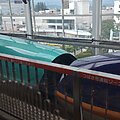



![[Shimokita Peninsula, Aomori Prefecture] Geopark Shimokita Peninsula. A rich hot spring springs from the northernmost peninsula of Honshu 24734759_m](https://jp.neft.asia/wp-content/uploads/2023/02/24734759_m-150x150.jpg)

![The mysterious world of the Shimokita Peninsula of Geopark: "The northern limit of monkeys on Osoreyama and Butsugaura" [Aomori Prefecture] 25110883_m](https://jp.neft.asia/wp-content/uploads/2022/11/25110883_m-150x150.jpg)
![The gorgeous "Noheji Gion Festival" and Kitamae Ship port call "Noheji" [Aomori Prefecture] 4031_Noheji Gion Festival](https://jp.neft.asia/wp-content/uploads/2023/03/27d8816076df6701eb2d6ec6c91e5169-150x150.jpg)
!["Yaki Ikadori" is famous for its squid curtains! Many repeat customers are coming to the condensed flavor [Aomori Prefecture] 1088_Squid Curtain](https://jp.neft.asia/wp-content/uploads/2018/11/621b49eff7eed2fb8caee235a00963e0-150x150.jpg)
![[Aomori Prefecture] How cold is it in Aomori? Introducing cold weather measures for your winter trip to Aomori! 25097708_m](https://jp.neft.asia/wp-content/uploads/2023/02/25097708_m-150x150.jpg)
![[Aomori Prefecture] Let's go on a journey to see clay figures! Introducing highlights and spots! doguu1](https://jp.neft.asia/wp-content/uploads/2023/02/doguu1-150x150.jpg)
![5 recommended pilgrimage to the holy sites of "Flying Witch" recommended by locals! [Hirosaki City, Aomori Prefecture] Fujita Memorial Garden](https://jp.neft.asia/wp-content/uploads/2024/04/25cbd3cc9054d78f745f2fa3f68cf706-150x150.jpg)
